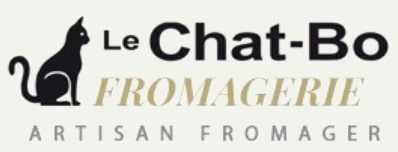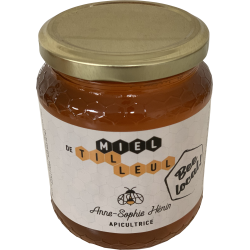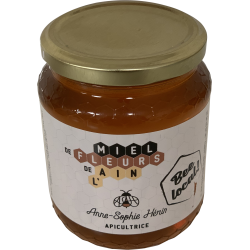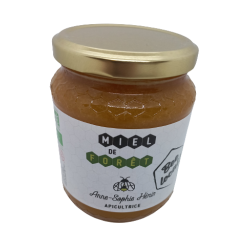
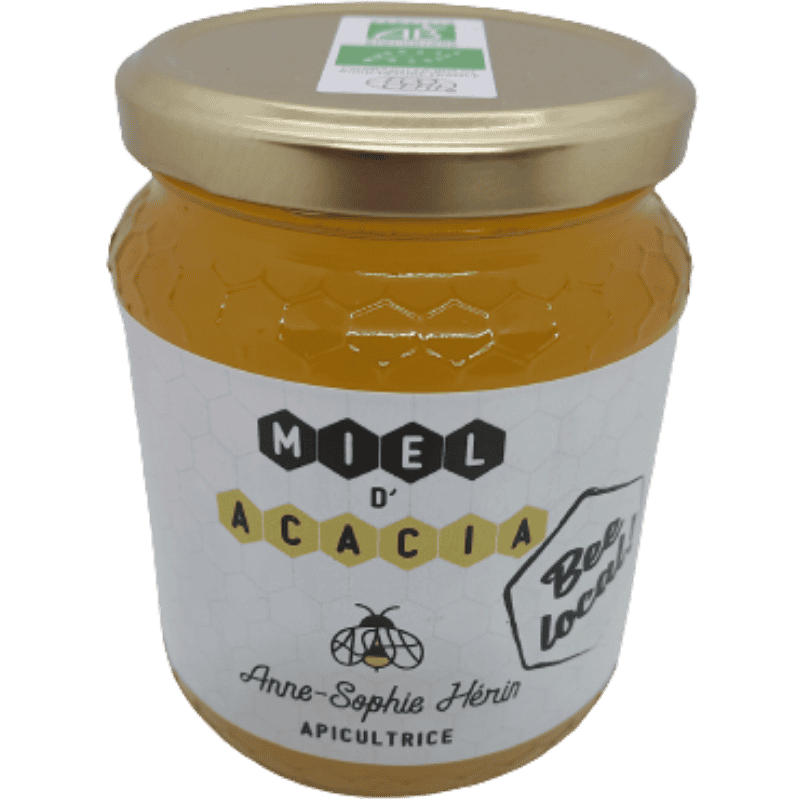






Even before man knew how to hunt, he lived by gathering. It did not take long for him to discover the prodigious food that is honey, in the hollow of a tree trunk or in the crevice of a cliff, made available to him by nature, like berries or roots, leaves, seeds and buds.
As we know today, the human taste for sweetness is not an acquired, cultural trait, but rather an innate, instinctive one. Even before being born, humans are attracted not to salty, bitter or pungent foods, but to sweet and mild ones.
But for honey to exist, bees must exist and work. When did they appear on earth? For bees to exist and work, flowering plants must be abundant...
Scientists estimate that bees have been gathering and storing honey for millions and millions of years: a few million years before man himself appeared! It was probably in Asia, during the third Tertiary period, that the foraging bee first appeared.
The oldest known evidence of the presence of bees on the globe is a fossilised insect embedded in a block of Baltic amber dated at 60 million years ago.
Today (and more precisely since the publication of a decree in the Official Journal in 1976), honey has a precise definition: It is the foodstuff produced by honeybees from the nectar of flowers or secretions from living parts of plants or on them, which they gather, transform, combine with specific materials of their own, store and leave to ripen in the hive.
In addition to the honey obtained from the nectar of the flowers, which feeds the hive during the winter, the bees collect pollen for the larvae and produce a substance that is still incompletely known, the "royal jelly", which is used exclusively to feed the queen.
Both substances, royal jelly and pollen, are also marketed in small quantities, not as foodstuffs but for therapeutic purposes. Despite their beneficial effects, opinions are still very divided as to their effectiveness on a human scale.
Data sheet
- Poids
- 500 gr
- TEXTURE
- Liquid
- PROVENANCE
- Ain
- SEASON
- Toute l'année
- INTENSITY
- Doux
- APPELLATION
- BIO
Specific References
- EAN13
- 3877749650004
Acacia Honey
Located in Lagnieu, in the Ain department, in the heart of the Haut-Bugey region and at the gateway to the Jura, this family business has been producing honey for 30 years. The hives are installed in a preserved natural area and the honey house puts all its know-how and experience as a beekeeper to work to offer you "all flowers" honey, acacia, chestnut and lime tree honey.
Jar of 500 gr

